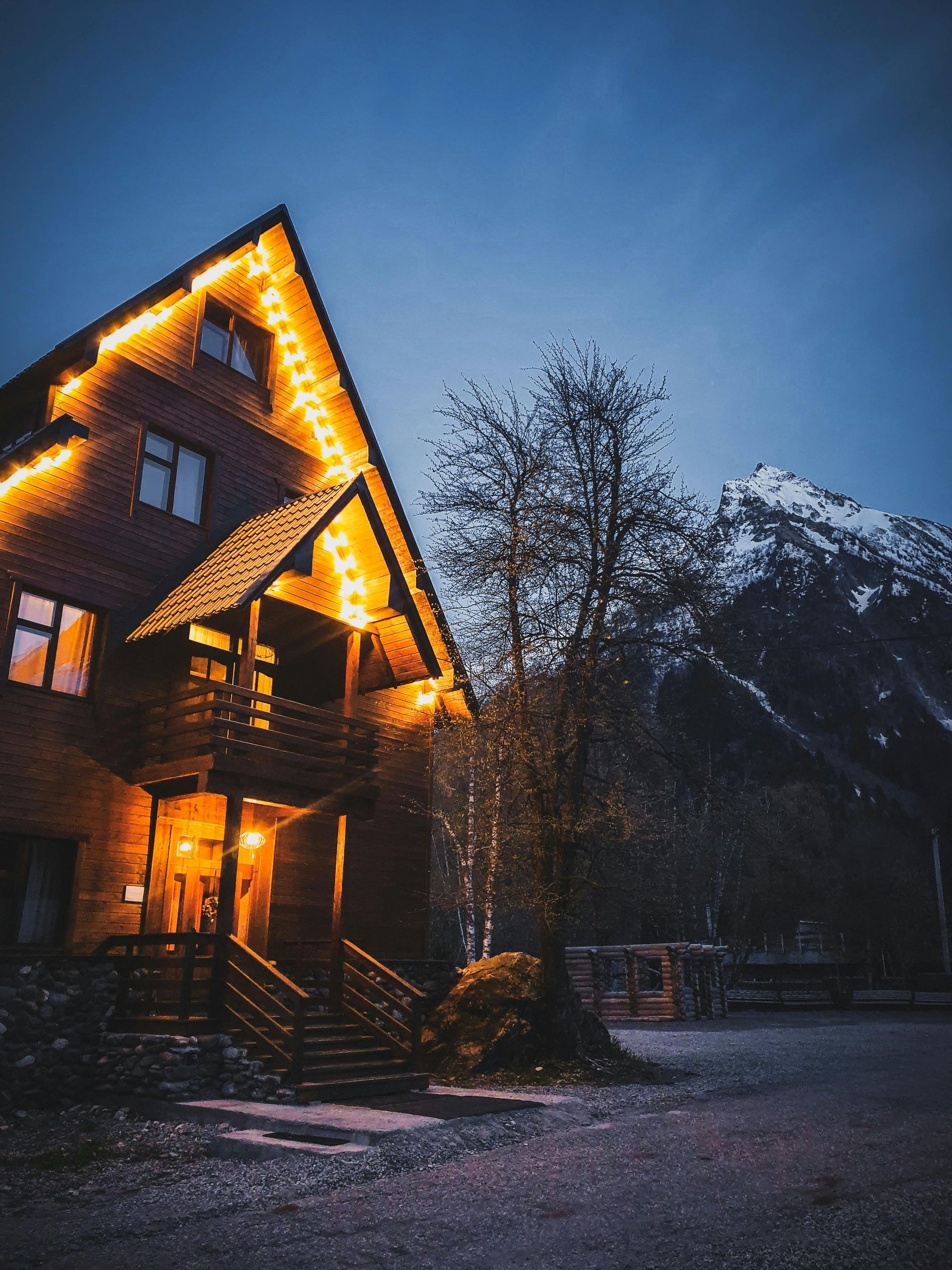Are Water Stains A Sign Of Roofing Leaks?
Beyond the Stain: The Hidden Dangers Lurking in Your Home

As a homeowner, you might be tempted to overlook those seemingly innocent water stains on your ceiling or walls. However, these subtle signs could be indicators of more serious issues that, if left unchecked, can lead to significant damage and costly repairs. Let's delve into why you shouldn't ignore roof leaks that cause water stains, backed by real statistics and lesser-known information.
Health Risks
Water stains often indicate the presence of moisture, which can lead to mold growth. According to the Environmental Protection Agency (EPA), mold can begin to grow within 24-48 hours of water exposure. What's less commonly known is that certain molds can produce mycotoxins, which a study in the journal Toxins found can cause neurological issues and even be linked to some forms of cancer.
Structural Damage
Water stains may signify ongoing water damage that can compromise your home's structural integrity. The Federal Emergency Management Agency (FEMA) reports that water damage claims average $7,000 per incident. However, a lesser-known fact from the Insurance Information Institute is that hidden water damage can increase repair costs by 35-45% due to the extended exposure time.
Electrical Hazards
Water stains near electrical fixtures or outlets pose a serious fire risk. The National Fire Protection Association (NFPA) states that electrical failures or malfunctions were the second leading cause of U.S. home fires from 2012-2016. What's often overlooked is that even minor water intrusion can corrode wiring over time, increasing fire risk long after the visible water stain has dried.
Energy Efficiency Impact
Water stains can indicate compromised insulation, leading to increased energy costs. The U.S. Department of Energy estimates that 40% of a home's energy loss is due to poor insulation. A study by the North American Insulation Manufacturers Association found that water-damaged insulation can lose up to 40% of its R-value, significantly impacting your home's energy efficiency.
Property Value Decrease
Visible water stains can significantly decrease your home's value. The National Association of Realtors reports that water damage can lower a home's value by 5-15%. What's less known is that even after repairs, homes with a history of water damage sell for an average of 3% less than comparable properties, according to a study published in the Journal of Real Estate Research.
Insurance Implications
Ignoring water stains can lead to insurance claim denials. While it's widely known that insurance typically covers sudden and accidental water damage, many homeowners are unaware that 93% of water damage claims could have been prevented with proper maintenance, according to the Insurance Information Institute.
Indoor Air Quality
Water stains can indicate problems that affect your home's air quality. The EPA states that indoor air can be 2-5 times more polluted than outdoor air. A lesser-known fact from a study in the journal Environmental Health Perspectives is that homes with water damage have 50% higher concentrations of airborne mold spores compared to dry homes.
Foundation Issues
Water stains in basements or lower levels can signal foundation problems. The American Society of Home Inspectors estimates that 90% of all foundation problems are caused by water. What's often overlooked is that even minor foundation shifts can cause up to a 10-15% decrease in home value, according to the National Association of Realtors.
Pest Infestations
Water stains can attract pests. The National Pest Management Association reports that termites alone cause $5 billion in property damage annually. However, a lesser-known fact is that even small amounts of moisture can increase cockroach populations by up to 300% within a month, according to research published in the Journal of Economic Entomology.
Long-term Financial Impact
The long-term cost of ignoring water stains can be substantial. While immediate repair costs are often considered, few homeowners realize that addressing water damage early can save up to 335% in repair costs over time, according to a study by the Insurance Institute for Business & Home Safety.
Taking Action
Given these risks, it's crucial to address water stains promptly. Regular home inspections can help catch issues early. If you notice water stains, it's important to not only address the visible damage but also to identify and fix the underlying cause.
For homeowners concerned about water stains or potential water damage, professional assessment can be invaluable. Graduate Contracting offers expert evaluations to help identify the source of water stains and develop comprehensive solutions. Their experienced team can provide a detailed assessment of your home's condition, addressing both visible and hidden water damage issues.
Remember, when it comes to water stains, what you can see is often just the tip of the iceberg. By addressing these issues promptly, you can protect your health, your home's structural integrity, and your financial investment. Don't let those seemingly innocuous water stains turn into major problems – act today to ensure the long-term safety and value of your home.


